Setting Expectations & Standards
Effective Pre-Trip Briefings for School Excursions

A good pre-trip briefing is like setting the compass before you start a journey—it ensures everyone is headed in the same direction from the outset. Without one, you’re relying on individual assumptions and crossed fingers, which is a poor foundation for any school excursion risk management plan.
I’ve seen the profound difference a solid briefing can make. Trips, camps, and activities where everyone knew the plan, expectations, and contingencies ran far more smoothly than those where information was scattered or rushed at the last minute. A rushed briefing is often a red flag for a disorganised plan.
The Anatomy of a Comprehensive Briefing
An effective briefing empowers participants with the right information at the right time. The most successful briefings happen in two stages: a detailed digital briefing sent in advance, followed by a focused in-person meeting. This is where school excursion risk assessment software becomes invaluable.
Using a platform like Xcursion Planner, you can circulate a "digital briefing pack" to all staff, volunteers, and even parents and older students. This allows you to:
- Share the itinerary, risk assessments, and emergency contacts in advance.
- Distribute detailed safety equipment packing lists and equipment requirements.
- Highlight key hazards and the specific mitigation strategies you have in place.
- Ensure all trip leaders know their specific responsibilities and supervision areas.
Before a multi-day hike I ran, we used Xcursion Planner to circulate a digital briefing that included maps, gear checklists, and student health summaries. By the time we met in person for the final briefing, everyone was already prepared. The questions were specific and insightful—not the broad “what are we doing tomorrow?” uncertainty that signals a lack of preparedness.
This two-stage approach, facilitated by good risk management training for teachers, transforms the in-person meeting from a chaotic information dump into a focused, high-value conversation.
A thorough briefing isn’t about overwhelming people with detail. It’s about giving them the right information at the right time so they can make good, informed decisions when it counts. This level of professional communication is the foundation of a well-managed and rewarding experience for everyone involved.











